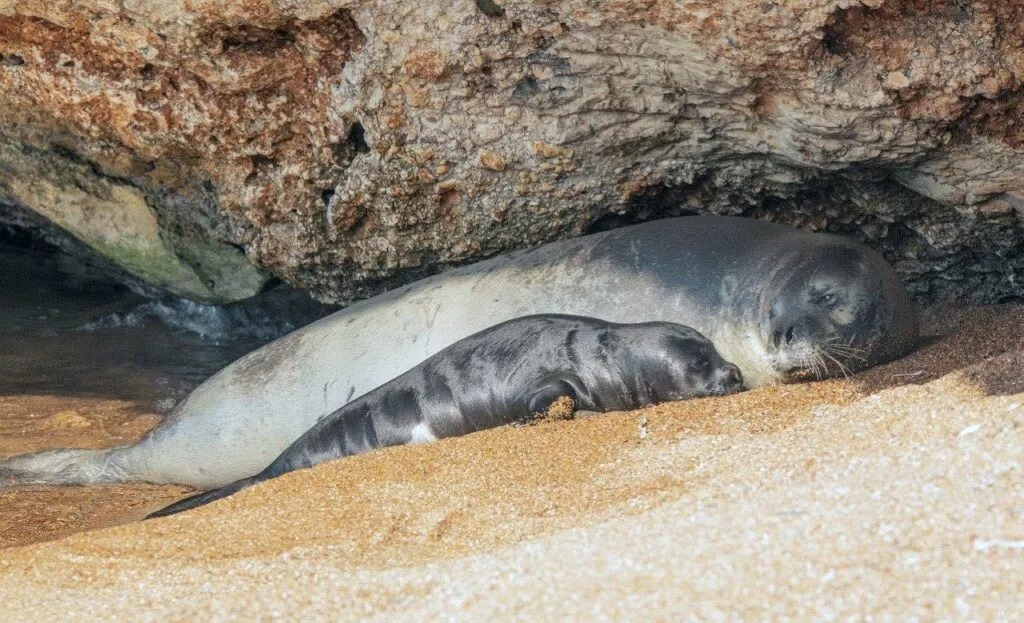The Mediterranean monk seal, Europe’s rarest marine mammal and one of the rarest globally has established a permanent breeding presence in Cyprus after decades of absence.
The Ministry of Agriculture, Rural Development and Environment expressed satisfaction as the breeding season of 2023 witnessed the addition of two more monk seals to Cyprus’s shores, bringing the total population to an estimated 22 individuals, a significant increase from the 12 recorded a few years ago.
These births occurred in the Akrotiri and Akamas/Chalavro regions, with the newborn seals christened “Pieros” and “Arkadia”.
Tragically, Arkadia was discovered deceased on a beach in the Bay of Polis Chrysochous, with autopsy results pending to determine the cause of death.
This breeding success is deemed crucial for the species’ survival in Cyprus and highlights the effectiveness of local nature protection and management initiatives. The Cyprus Mediterranean Monk Seal Monitoring Team has documented all the species’ refuge locations along the island’s free areas’ coastlines.
Thanks to advanced monitoring equipment, surveillance is conducted around the clock, with one refuge even enabling real-time observation. The team’s data collection efforts focus on understanding the seals’ behaviours, such as reproductive patterns and health, to support population conservation and growth strategies.

The monk seals’ early life stages are particularly vulnerable, with the pups spending most of their time in caves and gradually venturing out with their mothers to forage. The post-weaning period sees them gaining independence, though they often remain near their birth caves.
The myriad dangers these young seals face, from drowning due to inexperience with rough seas to human disturbances that can lead to premature and dangerous exploration, underscore the importance of safeguarding their breeding refuges from human interference.
In response to the monk seal’s habitat needs, the last 12 years have seen significant conservation efforts, including the designation of marine protected areas around key breeding and resting sites, such as the Marine Caves in Peyia and the Chalavro area in the Akamas peninsula.
These areas are shielded from fishing activities and motorised boat traffic to create a haven for the seals. Additionally, the government is in the process of expropriating land near these critical habitats to prevent development that could disturb the seals.
These measures align with recommendations from Dr Panagiotis Dendrinos, a leading expert in monk seal conservation and president of the Hellenic Society for the Study and Protection of the Mediterranean Monk Seal, who will be speaking at an upcoming conservation event in Peyia.
The conservation strategies extend beyond regulatory measures to innovative actions, such as the restoration of a collapsed marine cave in Limassol, which has successfully become a monk seal refuge once again.
Sightings
Frequent sightings of seals primarily occur in areas such as the marine caves of Ayia Napa and Peyia, Governor’s Beach, Agios Georgios Alamanou, Akrotiri and the Akamas Peninsula.
Additionally, sightings of the species have been recorded in harbours/fishing refuges in Ayia Napa, Zygi, Limassol, Peyia, Latchi, and Pomos, as well as areas with fish farms such as Liopetri, Vasilikos and Ladies Mile.
Harbours and fish farms provide shelter and feeding grounds, especially for younger, less experienced seals.







